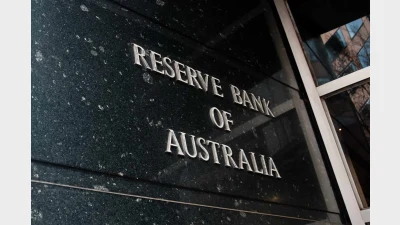Make comparing funds easier, says ASFA
The Association of Superannuation Funds of Australia (ASFA) has called for common standards to be applied to superannuation fund investment options and definitions to make comparing fund performances easier.
The ASFA call has come on the back of the latest Australian Prudential Regulation Authority (APRA) fund level data, which was described by the Investment and Financial Services Association (IFSA) as being virtually meaningless but lauded by the Industry Super Network as proof of the outperformance of industry funds.
The APRA data, released yesterday, covered the period to the end of June last year, thus missing at least six months to the end of December during which equity markets recovered (assisting retail master trusts to outperform industry funds).
However ASFA chief executive Pauline Vamos called for easier comparison of fund data, saying members deserved to have information presented to them in a clear and simple format so they could better understand the level of risk in their portfolio and be able to compare different investment options across funds.
“Members also deserve to know what their fund is paying to manage the underlying assets,” she said.
Vamos said ASFA would be calling on the Cooper Review to set out requirements for funds regarding how they disclosed investment returns, levels of risk and fees.
Recommended for you
Superannuation funds have posted another year of strong returns, but this time, the gains weren’t powered solely by Silicon Valley.
Australia’s $4.1 trillion superannuation system is doing more than funding retirements – it’s quietly fuelling the nation’s productivity, lifting GDP, and adding thousands to workers’ pay packets, according to new analysis from the Association of Superannuation Funds of Australia (ASFA).
Large superannuation accounts may need to find funds outside their accounts or take the extreme step of selling non-liquid assets under the proposed $3 million super tax legislation, according to new analysis from ANU.
Economists have been left scrambling to recalibrate after the Reserve Bank wrong-footed markets on Tuesday, holding the cash rate steady despite widespread expectations of a cut.









